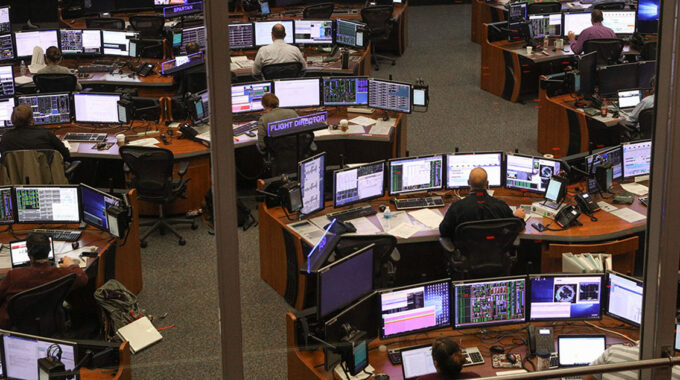
Lessons From Nature to Create Better Robots
Since robots serve human interests and help relieve human workloads, their efficiency must be greater than that of humans. The idea for better robots, on the other hand, comes from the organisms they must emulate. Nature may be one of the finest sources of inspiration for the development and improvement of the architecture of these robots, allowing them to stand out and function more effectively than humans. There are several species with various designs and strategies that they employ to survive. Could scientists draw inspiration from them in order to develop better robots? Professor Robert Full of integrative biology at UC Berkeley and founder of the Center for Interdisciplinary Biological Education and Research explore the concept in the Berkeley News podcast episode.
Robert begins by stating that biometrics or bio-design simply refers to learning from nature, with some famous examples such as Velcro and flippers, which lead to wind turbines, and the amazing color of the lotus leaf. Biomimetics is quickly becoming the dominant paradigm for the development of new technologies, with substantial scientific, social, and economic implications. He claims that there are already sufficiently developed robots and that more are being built on a daily basis. They describe the lessons he has learned from nature that inspired them to make better robots, the first of which is that animals use their energy very effectively. They draw inspiration from the species and examine their leg movement, thinking that because robots couldn’t actually explore outdoors, if the principles established by the creatures were employed and a robot with a leg equal in stiffness to spring was created, could it run outside? And there was a successful development of a robot with legs that could navigate well outside. Second, they imply that animals and the environment are inextricably linked. They also claim that bio-inspired soft robots are one of the trendiest sectors. According to them, one of the distinctive characteristics of animals is their robustness. They draw influence from diverse animals’ skeletons and skins to generate the correct soft and smooth structure for designing better robots. Finally, he claims that getting robots to work in unstructured contexts is extremely difficult. He claims that, while robots are capable of incredible feats, they must undergo extensive training. As a result, this is a significant difficulty. It requires a lot of involvement, innovation, invention, and imagination in their opinion to create a structure to design better robots with the highest level of efficiency, but nature certainly serves as one of the greatest inspirations to be able to brainstorm designs to create efficient and better robots.
Robots are of great utility to the environment, but they must be constructed in such a manner that they interact constructively and effectively with their surroundings. As stated earlier in the text, nature acts as the best inspiration for designing better robots that perform this role successfully.
You can immerse yourself in the same innovation and growth culture that inspired the above work with the Berkeley Executive Program in Management (Berkeley EPM) by the University of California.



















